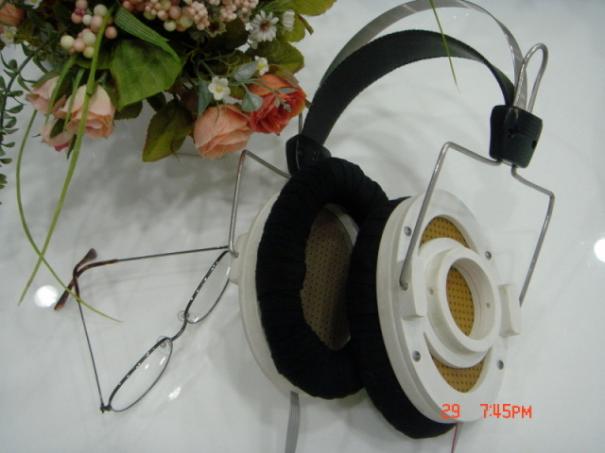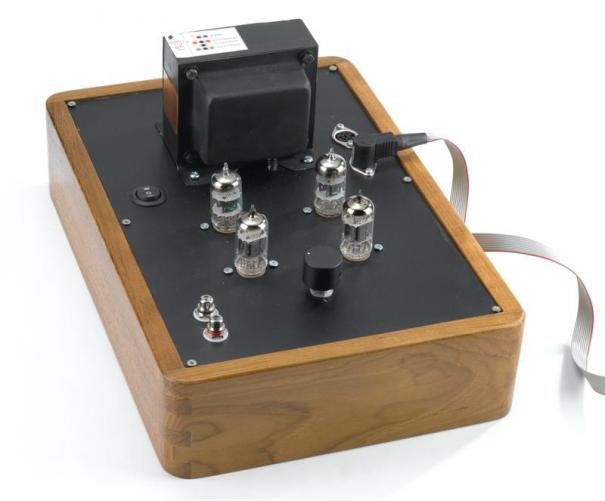Tjj226 Angel
1000+ Head-Fier
- Joined
- Oct 20, 2012
- Posts
- 1,015
- Likes
- 590
A friend of mine tried a similar idea, directly using low tension copper foil as estats diaphragm, using 2mm spacer、2000V+ bias and a step up transformer to drive it like an electrostatic speaker, it just works, but soon, he switched to stax pro bias driver.
Similar design electrostatic headphone is already commercially available. For e.g., Sonoma M1 and its subsequent models Aperio and Bravora,these estats use low tension metal-coated interlayer film as the diaphragm + flexible mesh stators, and their bias voltages are set at 1350VDC (M1 and Bravora) and 1800VDC (Aperio) respectively.
Just to clarify, did he switch back to probias because he liked the sound better or because it was easier to live with the pro bias?




























